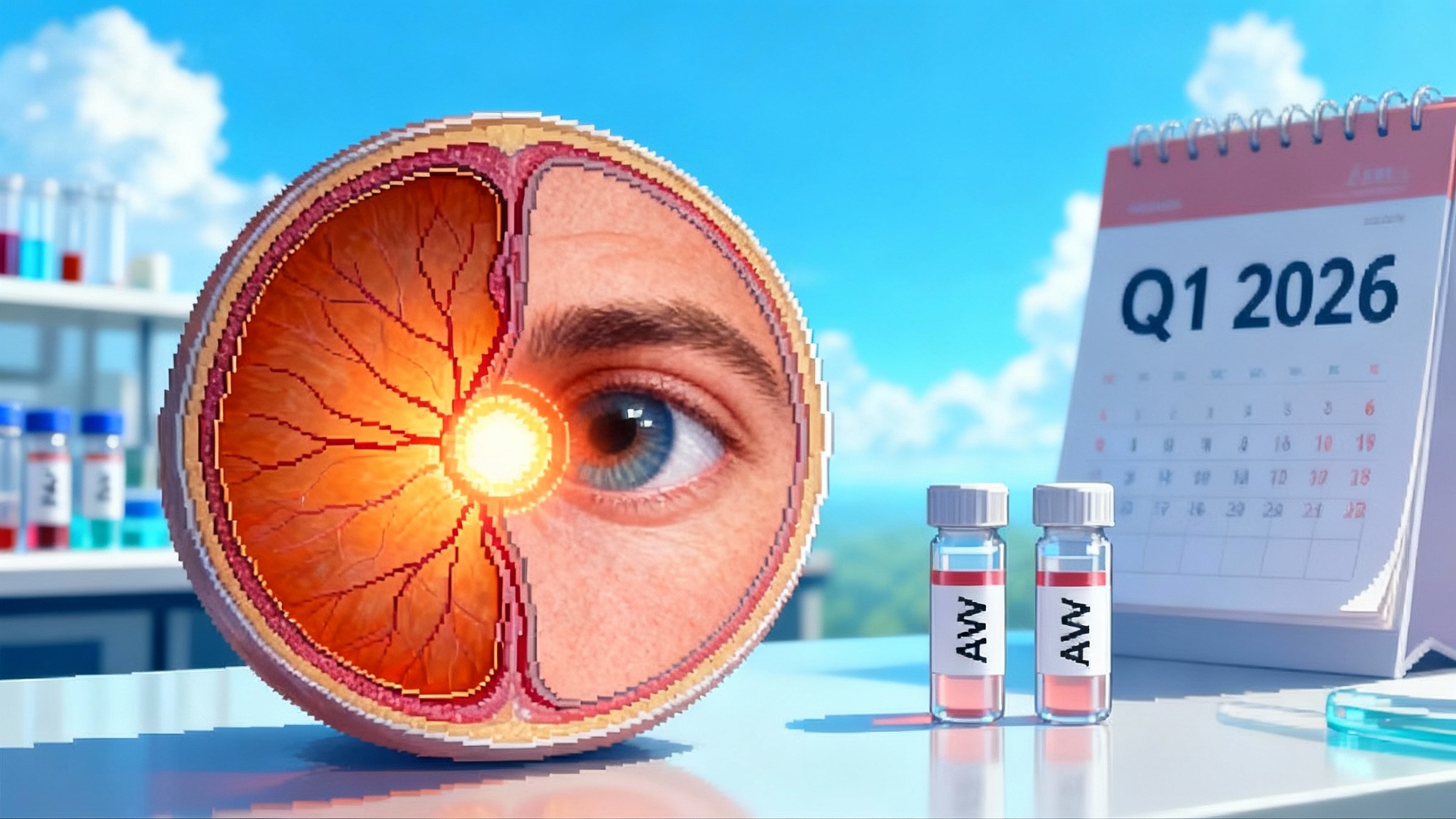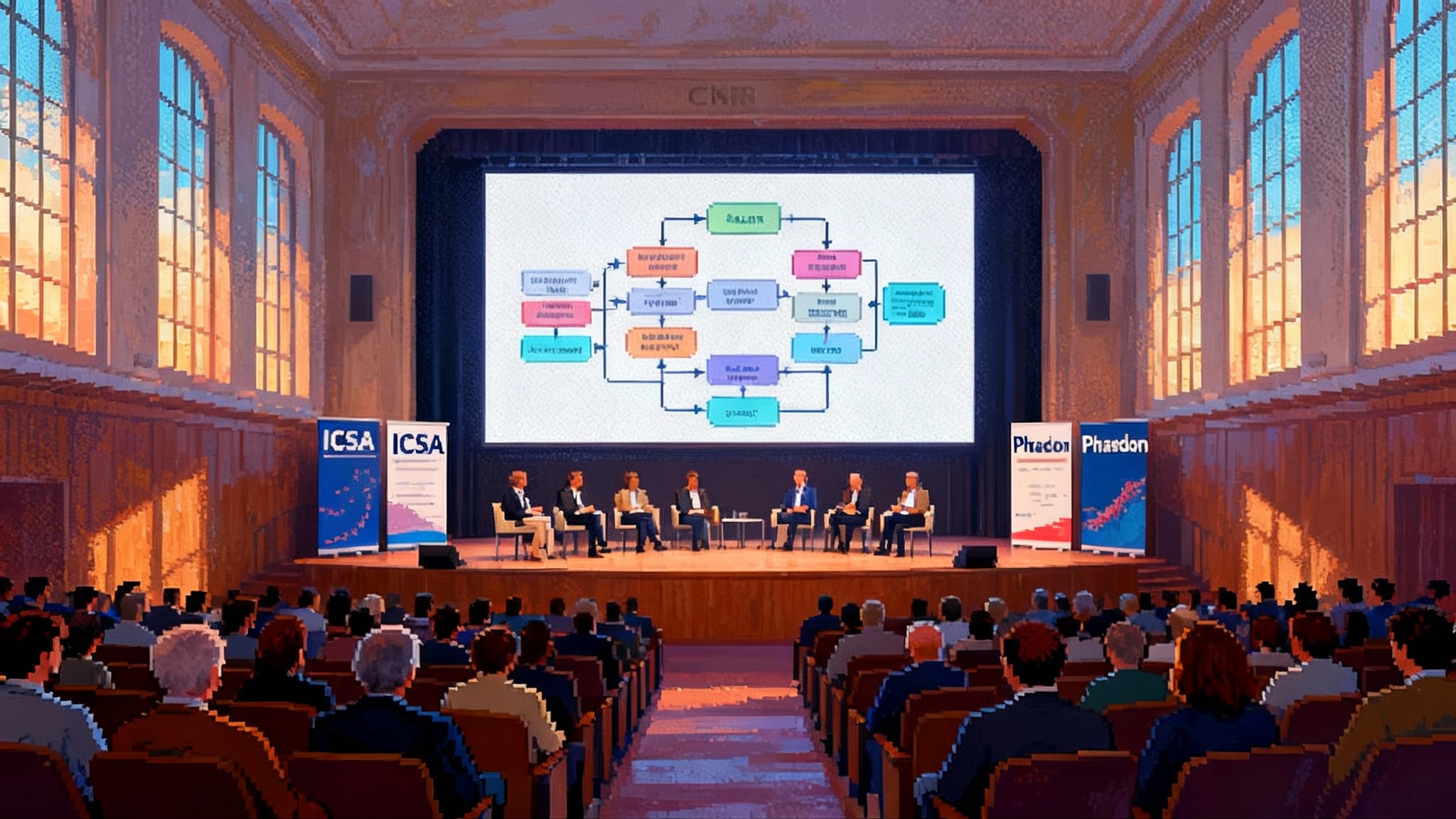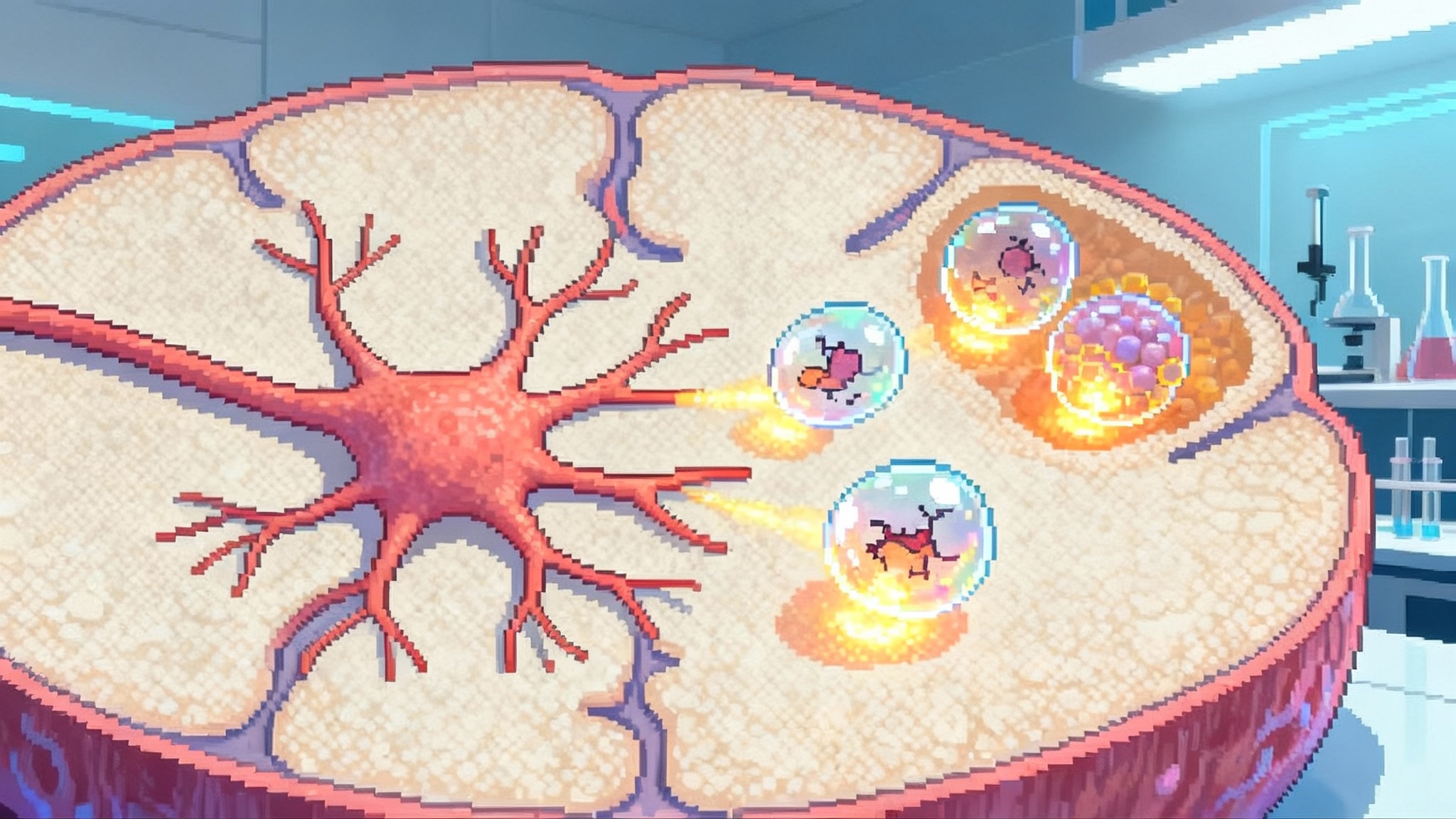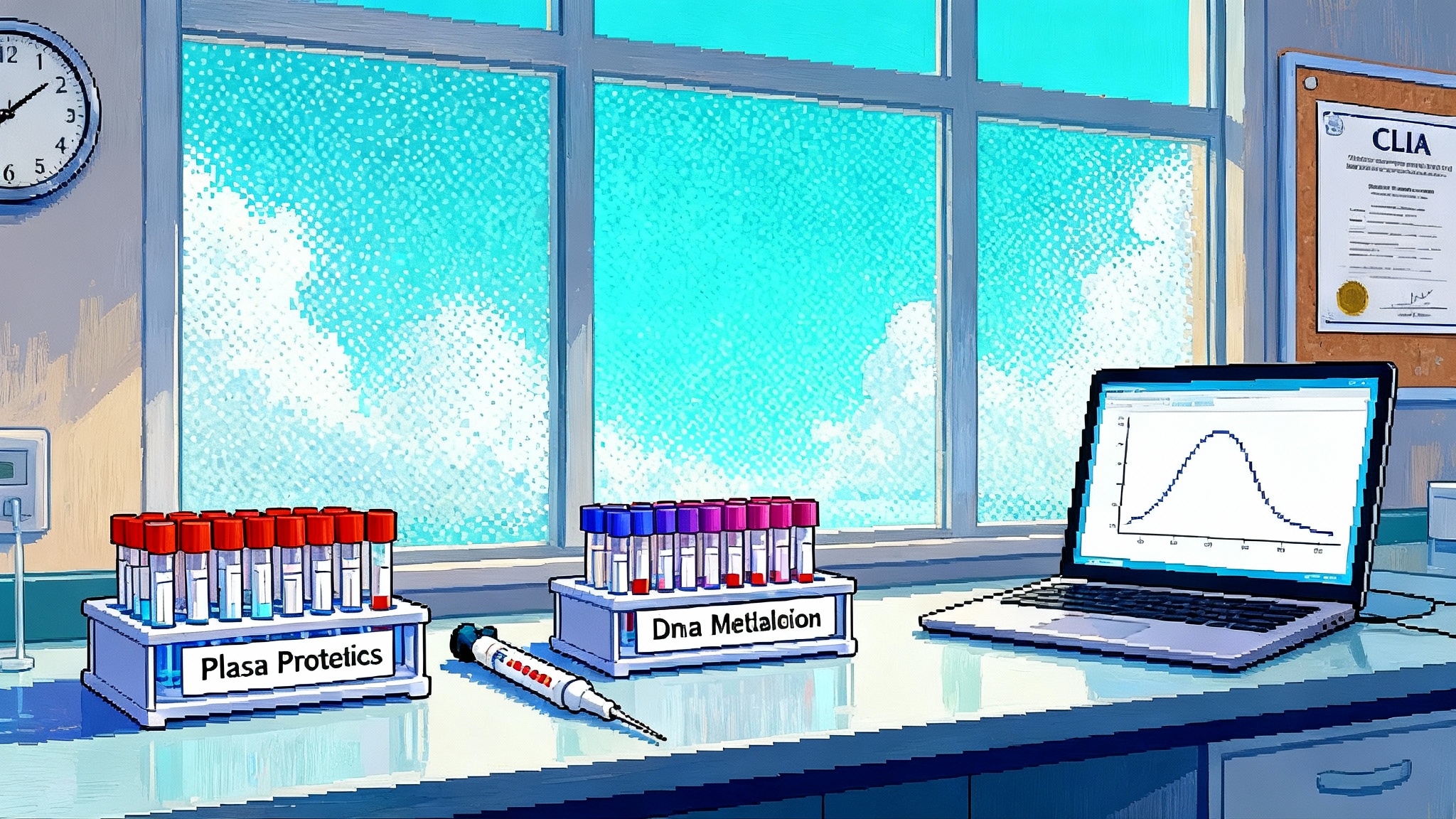Thymus Rejuvenation 2025: Restoring Immune Youth at the Source
2025 is the year thymus repair moves from speculation to serious clinical plans. New mechanisms, early human signals, and active programs converge on one goal: restore thymic function to refresh naive T cells, strengthen vaccine responses, cut infections, and extend healthspan.
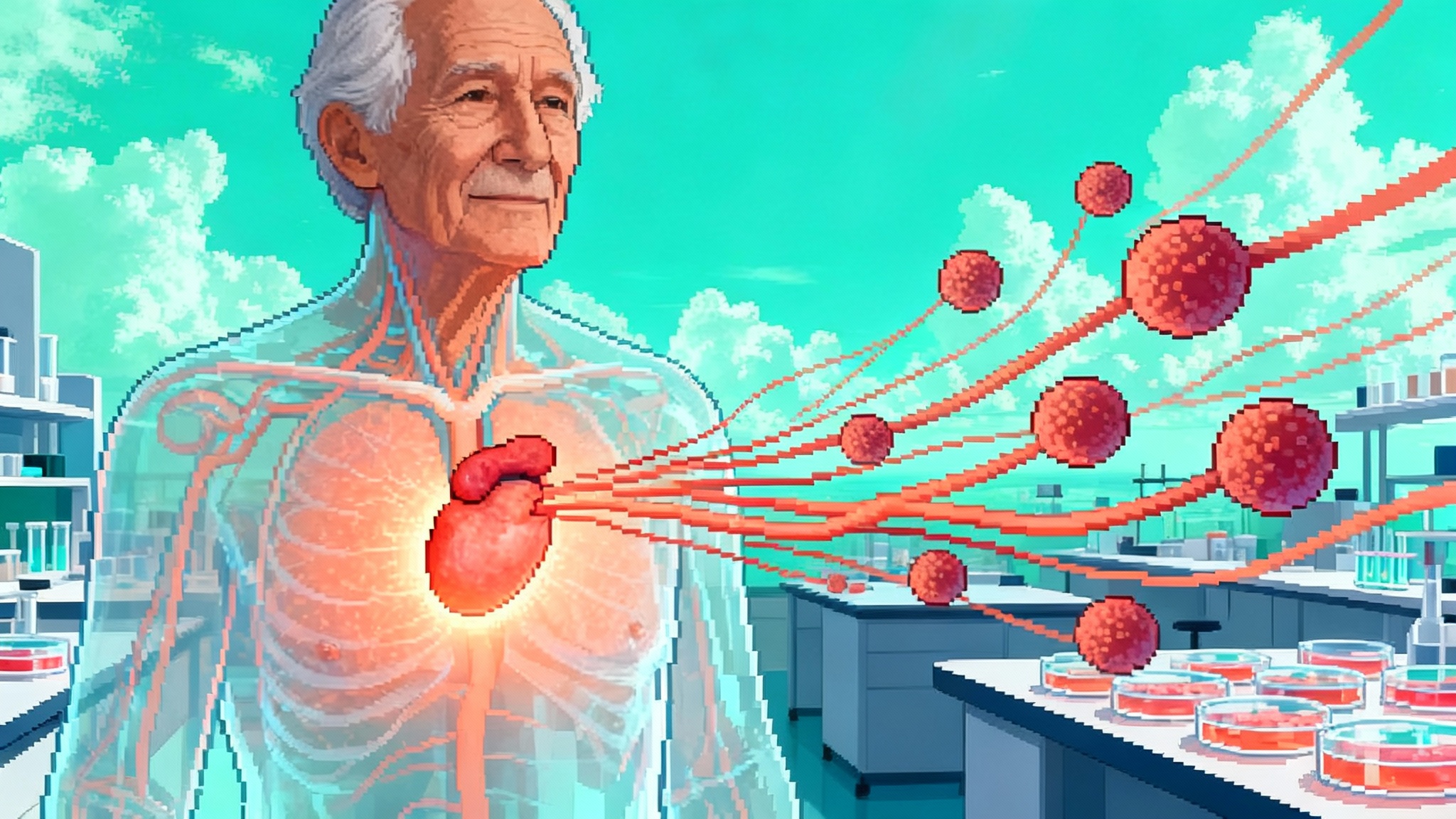
Why the thymus is center stage in 2025
A decade ago, rebooting the thymus sounded speculative. In 2025 it feels coordinated. New mechanistic papers clarify how thymic epithelial cells choreograph T cell education, conference updates share early safety and feasibility signals, and clinical teams are moving combinations into human studies. The pitch is simple and profound: if you restore the thymus, you refresh the supply of truly naive T cells in older adults. That could improve vaccine responses, reduce infection risk, and sharpen cancer immune surveillance. The pieces are aligning, and 2025 looks like the inflection point.
There is also a regulatory precedent that changed feasibility expectations. The United States approved an engineered thymus tissue for children born without a functioning thymus. That decision established a template for manufacturing, release testing, and immune reconstitution endpoints. It does not solve aging, but it shows a rebuilt thymus can work in people under real-world conditions and a modern regulatory framework. See the background on the FDA approval of Rethymic for congenital athymia.
Thymus 101 in one minute
The thymus is a small, bi-lobed organ behind the sternum. It is the boot camp for T lymphocytes. Bone marrow progenitors migrate in, then move through cortical and medullary zones run by specialized thymic epithelial cells. In the cortex, they undergo positive selection for T cell receptors that recognize self MHC. In the medulla, epithelial cells and dendritic cells enforce tolerance, deleting clones that react strongly to self antigens. The transcription factor AIRE enables the medulla to present a broad catalog of tissue specific proteins for this safety check. What leaves the thymus and enters the blood is a cohort of naive T cells with diverse receptors and a bias toward self tolerance.
What goes wrong with age
The thymus involutes beginning in adolescence. Functional tissue is replaced by fat and fibrosis, epithelial architecture breaks down, and naive T cell output drops. Over decades, that translates into a shrunken T cell receptor repertoire, a tilt toward memory and senescent phenotypes, and chronic low grade inflammation. Older adults respond less well to new vaccines, get sicker from respiratory and gastrointestinal infections, and face higher risks of shingles reactivation. Cancer risk rises with many factors, and erosion of immune surveillance is part of the story.
Mechanistically, several themes recur. FOXN1, a master regulator of thymic epithelial identity, declines. Crosstalk from the endocrine system remodels the thymic niche. Sex steroids accelerate involution. Glucocorticoids push atrophy and select against immature thymocytes. Growth hormone and IGF 1, leptin, and IL 7 support thymopoiesis. Damage repair pathways involve IL 22, BMP4, and RANKL. The upshot is that a tired epithelial scaffold fails to nurture and test incoming T cell precursors.
Why restoring thymic function could reshape late life immunity
- Better vaccine responses: with more naive T cells and a broader receptor repertoire, older adults should mount stronger primary responses to novel antigens and boosters.
- Lower infection risk and faster clearance: a balanced pool of naive and early memory T cells supports rapid, targeted responses to first time infections.
- Tighter control of latent viruses: a more diverse, less exhausted T cell population should help restrain CMV and VZV reactivation.
- Sharper cancer surveillance: restoring the quality and diversity of T cell recognition may improve elimination of nascent tumors and could synergize with checkpoint inhibitors in older patients.
- Systemic effects on healthspan: immune age intersects with frailty, wound healing, and cognition. By reducing chronic inflammation and widening immune optionality, thymus repair could create benefits beyond infections.
These are testable hypotheses. Trial endpoints are aligning around T cell receptor repertoire diversity, sjTREC counts as a proxy for recent thymic emigrants, naive to memory ratios, vaccine response panels, infection rates, and oncology relevant signals where appropriate.
The leading approaches taking shape
1) Cell and tissue therapies
- Processed thymus tissue: the pediatric precedent energizes efforts to adapt tissue concepts to adult repair. Challenges include aging physiology, graft site selection, and immune compatibility. Teams are exploring smaller implants, scaffolded microtissues, and sites outside the mediastinum.
- Thymic organoids and epithelial cell grafts: several groups are building organoids from primary thymic epithelial cells or induced pluripotent stem cells. The goal is to recreate both cortical and medullary functions, including AIRE expression and durable architecture.
- Decellularized scaffolds: donor thymus is stripped to its extracellular matrix, then reseeded with epithelial cells to preserve native geometry while limiting donor antigen burden.
2) Hormone and peptide cues
- Temporary sex steroid blockade: short courses of GnRH analogs can lift the hormonal brake on thymic epithelial regeneration. Early settings include transplant and oncology, with aging trials aiming for pulsed interventions.
- Growth hormone axis: growth hormone and IGF 1 support thymic stromal health, balanced against metabolic and neoplastic concerns. Protocols favor time limited dosing, glucose monitoring, and combination strategies.
- IL 7 and homeostatic support: IL 7 is central for thymocyte survival and peripheral naive T cell maintenance, and may be used sparingly to amplify thymus-driven gains.
- Tissue repair signals: IL 22, BMP4, RANKL, and KGF have boosted regeneration in injury models. Human success will hinge on dosing, timing, and pairing with endocrine pulses.
- Thymic peptides: agents like thymosin alpha 1 may serve as adjuncts to improve vaccine responses while structural repair proceeds.
3) Gene and reprogramming strategies
- FOXN1 restoration: viral vectors or mRNA lipid nanoparticles that transiently boost FOXN1 in epithelial cells are attractive, though delivery to a small, hard-to-access organ is nontrivial.
- In vivo reprogramming: partial reprogramming aims to rejuvenate epithelial cells without erasing identity. For a broader view of where this field is heading, see how partial reprogramming in primates is moving toward human translation.
4) Combination regimens
The emerging consensus favors combinations. For example, a short course of sex steroid blockade to unlock regrowth, paired with a pulse of growth hormone axis support, plus a locally acting repair cue, followed by a tapering schedule. Peripheral IL 7 or vaccine challenges then test whether thymus output translates into functional immunity. Importantly, negative selection must stay intact. Combinations are designed to rebuild architecture, not just flood the periphery with immature T cells.
What is actually in human studies now
This year’s activity falls into three buckets.
- Pediatric and rare disease feasibility: the approved thymus tissue product for congenital athymia continues to generate long-term follow up, providing safety, manufacturing, and immune reconstitution playbooks that frame adult ambitions.
- Endocrine and cytokine regimens in adults: multiple centers are evaluating temporary sex steroid blockade, with or without repair cues, after chemotherapy or transplantation. Priorities include sustained increases in naive T cells and better vaccine responses without autoimmune drift. Small, single center aging studies are probing combination schedules with careful metabolic monitoring.
- Early tissue and cell therapy preparations: teams advancing organoids and epithelial cell grafts are finalizing manufacturing and preclinical safety packages. First-in-human studies are planned with narrow inclusion criteria, likely adults with severe T cell lymphopenia or older adults at high infection risk who have failed standard care. Initial endpoints are safety, engraftment markers, and evidence of recent thymic emigrants.
The best known prior human signal for thymus repair in aging came from a small pilot that combined growth hormone, metformin, and DHEA in healthy middle-aged men. Imaging suggested reversal of thymic fat infiltration, immune markers improved, and epigenetic age clocks shifted younger. Revisit details in the original TRIIM trial results.
The regulatory path from 2025 onward
Regulators will not authorize an anti aging label. Programs will anchor to clear medical needs, with the possibility of label expansion later if benefit is durable and risks manageable. Likely first indications include immune reconstitution after hematopoietic stem cell transplant in older adults, frequent severe infections in older adults with documented T cell lymphopenia, and poor vaccine responsiveness in defined high risk populations.
Trial design patterns are converging.
- Primary endpoints: sjTREC counts, naive to memory ratios, TCR repertoire diversity, and vaccine response panels. In infection-focused trials, rate and severity of infections will be key.
- Secondary endpoints: CMV control metrics, hospitalization days, antibiotic use, and quality of life measures.
- Oncology combinations: for older patients on checkpoint inhibitors, thymus repair might be tested as an adjunct to improve response rates and durability, with intensive autoimmunity monitoring.
- Timeframes: six to twelve months for initial efficacy signals, with planned extensions for durability and safety follow up.
- Manufacturing controls: for tissues and cells, batch release criteria will include AIRE expression, medullary to cortical ratios, sterility, and potency assays that correlate with T cell education in vitro.
For context on measuring change, see how the biological age tests back in play debate shapes biomarker strategies for aging trials.
Key risks and unknowns to watch closely
- Autoimmunity: the medulla is where negative selection happens. If new tissues or aggressive regrowth disrupt medullary function, autoreactive clones could slip through. Trials will track autoantibodies, TCR repertoires, and clinical events such as rash, arthritis, or thyroiditis.
- Cancer risk: chronically elevating growth hormone or IGF 1 could fuel latent tumors. Programs therefore favor short pulses and oncology surveillance. Tissue grafts must be screened for malignant transformation risk.
- Off target endocrine effects: GnRH modulation affects bone, mood, and libido. Protocols will be time limited with supportive care and rebound monitoring.
- Immunopathology: a sudden influx of naive cells could create imbalances, especially with chronic infections such as CMV. Dosing regimens must respect the capacity of the peripheral niche.
- Durability and retreatment: how long a repaired thymus keeps working in older physiology remains unknown. Maintenance pulses may be required.
- Delivery challenges: getting gene or mRNA payloads into the thymus may require catheter-based delivery or targeted vectors with compelling risk profiles.
- Cost and access: tissue engineering and multi-agent regimens are expensive. Payers will ask for reductions in hospitalization, antibiotic use, and specialist visits.
How this could reshape vaccines, infection risk, and cancer care
If 2025 programs deliver even modest increases in naive T cells and repertoire diversity, vaccine strategy in older adults could change. We may shift from stacking higher antigen doses and adjuvants to scheduling shots after thymus repair pulses. Infection medicine could move from reactive management to preventive immune upgrades, especially for respiratory pathogens. In oncology, older patients who have lagged in immunotherapy response might benefit from a more youthful T cell pool, allowing checkpoint inhibitors and cellular therapies to work harder. For adjacent rejuvenation strategies advancing in parallel, see how senolytics move to clinical plans.
What to watch in the next 12 to 24 months
- First multicenter data sets in older adults showing combined endocrine and repair cues that increase sjTREC counts and naive to memory ratios, with matched improvements in vaccine panels.
- Tissue and organoid programs crossing into first-in-human trials with transparent potency assays and predefined stopping rules for autoimmunity.
- Smarter delivery systems for gene and mRNA payloads that reach the thymus safely.
- Oncology pilots where thymus repair precedes or accompanies checkpoint therapy in older patients.
- Economic models that tie immune gains to fewer hospitalizations and better vaccine efficiency.
Practical takeaways for readers
- Thymus repair is no longer science fiction. A pediatric tissue therapy is approved, and adult programs are moving with discipline.
- Expect combination regimens, not single magic molecules. The thymus is an ecosystem that responds to the right sequence of cues.
- Safety is the central gating factor. Watch autoimmunity metrics and cancer surveillance data.
- For now, keep vaccinations up to date, maintain fitness and sleep, and manage chronic infections. These are the baselines that thymus repair will build on, not replace.
Closing thought
Every field has a year when scattered efforts click into alignment. For thymus rejuvenation, 2025 looks like that year. The thesis is elegant: restore the organ that teaches the immune system, and you bend multiple curves of aging at once. Turning that thesis into standard of care will require careful trials, patient selection, and humility about biology. If the signals emerging now hold up, the immune landscape of late life could look very different by the end of this decade.
